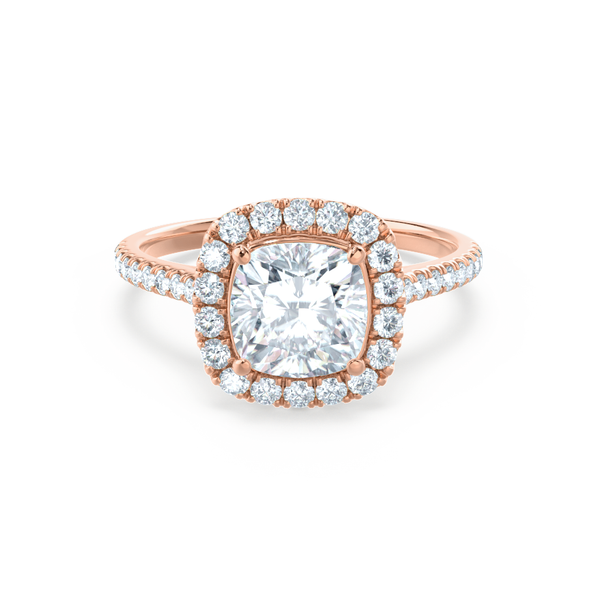Early cameras of the 16th as well as 17th century had the ability to project photos onto paper or glass but the research study of recording, processing and publishing the images took a lot more years. Up till the 17th century, scientists thought that light was composed primarily of the ‘white’ that is perceived by the human eye. It took the study done by famous physicist Isaac Newton to find that light is in fact composed of a range of colors. While he made a large payment to the research of optics (that goes to the core of electronic camera advancements) with this discovery, Newton clicknaturephoto did not really have anything to do with video camera growth per se.
The very early electronic camera that first came to be a sensation was a bit greater than a pinhole cam as well as can be traced back to 1558. It was called the Cam Obscura. The Cam Obscura was viewed as an attracting device for a clearer as well as practical representation of things. It remained in the very early 19th century that an invention named the Camera Lucida was presented by Cambridge researcher William Hyde Wollaston that contained an optical device that can aid an artist sight a far-off scene or person or things on a paper surface that she or he was making use of to attract. Simply put the artist gets to watch a superimposed picture of a topic theoretically and also this picture can be efficiently utilized to attempt to attract, trace or paint it. Both the Cam Obscura and also the Electronic camera Lucida supplied a photo that was momentary, which can not be lastingly caught on paper for later reference.
Researches nonetheless continued well right into the 1800’s on exactly how to actually catch the picture onto product. It was during this time around, around 1822 that French scientist Joseph Nicephore Niepce, developed the initial photograph by using paper that was coated with a chemical. The picture would not remain permanently on the paper and would certainly go away after an instant. Even so, in spite of the temporary nature of the photo, the idea of photography was birthed with this experiment as well bluephotoidea as paved the way for further study and also growth in this area.
Capturing pictures to keep them longer and also completely came to be the next big pursuit for researchers. Another Frenchman Louis-Jacques-Mandé Daguerre partnered with Joseph Nicéphore Niépce in 1829, to develop the process of producing irreversible pictures. Joseph Niépce passed away in 1833 but Daguerre continued with the job and did well in 1837 after lots of long years of testing. The process of capturing photographic photos that would not fade away, presented by Daguerre became called the ‘daguerreotype’.
Words ‘digital photography’ was coined by scientist Sir John F.W. Herschel in 1839 as well as it is in fact is derived from two Greek words ‘pictures’ significance light and also ‘graphein’ meaning draw.
A somewhat more advanced version of the thepicasophotos daguerreotype called the Calotype process that makes numerous duplicates feasible making use of the negative and positive technique became available soon after. As a matter of fact, it was during the 1840’s that the use of photo images in ads initially began and video cameras made their mark on the power of visual communication. It was not much later on, in the 1850’s that photographers initially started explore undersea digital photography of seascapes.
Up till 1850, the process of capturing pictures was cumbersome needing upto half an hour of light direct exposure. The exploration made in 1851 by Frederick Scott Archer was a blessing considering that the brand-new approach described the Collodion procedure asked for simply 2-3 secs of light exposure to record a photo.
Before 1871, photographers went through a growth process where they needed to coat home plate with damp chemical every time as well as procedure the photo quickly. With the development the jelly dry plate silver bromide process by Richard Leach Maddox, negatives did not have to be developed promptly. This was a vital discovery given that up until then the captured photo had to be refined quickly.
Kodak produced in 1888 by George Eastman has actually been a contemporary leader of sorts in video cameras and also digital photography for the masses. George Eastman and also the researchers that dealt with him at Kodak developed the photographic film in 1889 as well as made it readily available in rolls kingsonphotography for the mass use of consumers. An essential turning point in our amusement and communication history was the growth of transparent roll movie by Eastman. This advancement led to another key invention – the motion picture electronic camera by Thomas Edison’s in 1891.







